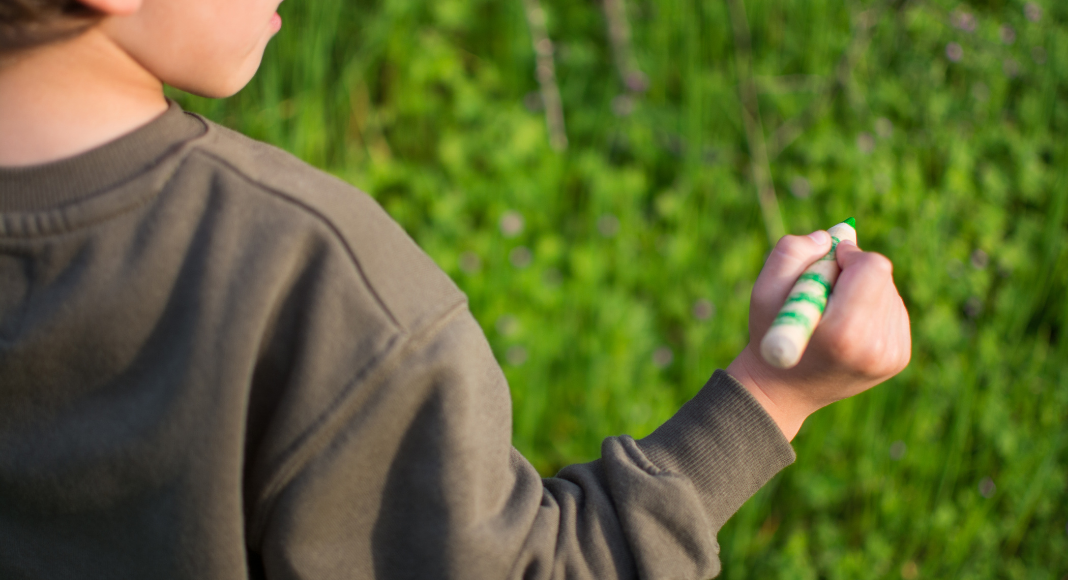 Every year on April 2nd, since 2007, World Autism Awareness Day is observed. It was created by the United Nations to raise awareness of the disorder. As a parent to autistic children, I want to raise awareness of common misconceptions about autism.
Every year on April 2nd, since 2007, World Autism Awareness Day is observed. It was created by the United Nations to raise awareness of the disorder. As a parent to autistic children, I want to raise awareness of common misconceptions about autism.
“Is it normal for a one-year-old to have a favorite color?” I questioned my pediatrician at my child’s one-year checkup. “He has been gravitating towards green objects, grouping green toys together, and will only use the green crayon.”
“That is not usual but not uncommon either. You may have a smart child on your hands.” This was the end of the conversation.
In 2016, questions regarding autism were about speech delays and eye contact. My child spoke well and at an early age. My son needed to wear an eye patch on one eye for much of the day because he was born with a cataract in his right eye. Eye contact was always an issue. Concerns surrounding this were dismissed because of his congenital condition. The official autism spectrum disorder diagnosis came at age 12.
A common misconception about autism is you will be able to tell a person has autism. This is not always the case; people with autism may appear to be what society considers “normal.” Individuals on the autism spectrum have diverse capabilities and needs, some looking like every other person you may encounter on the street.
“Why is he walking in a circle like that?” my mom asked one day.
“Aaron has been lapping the first floor every day since we moved here, same direction, head to the side, in deep thought. He does it for about ten minutes and stops. I tell him he’s doing his best thinking,” answering my mom nonchalantly, never having thought much about Aaron’s daily laps before.
“I don’t think you should let him do that. It’s not healthy for a six-year-old.” The behavior confused my mom.
“He’s not hurting anyone. Who cares?” We left it at that. I didn’t make a fuss over the lapping and continued to let it be a part of our everyday life. Now I know it was his stimming behavior. People with autism usually stim or fidget as a way of self-regulating.
A common misconception about autism is that autistic people should be taught not to stim, at least not in public. It is a necessary habit, and autistic people need to do it when necessary. Aaron still does laps to this day, at age 16.
“Understanding what it’s like to be in someone else’s shoes is something he cannot do. His brain can’t comprehend it, no matter how hard I try to teach this. I think something is going on that can’t be explained by just my parenting skills, or lack thereof.” My sister listened to me cry on the phone while in the car of the parking lot outside our middle school, tears streaming down my face.
We had just left sixth grade locker orientation, and Aaron had a meltdown in the people-filled hallway of the school. My son’s brain couldn’t handle the overstimulating, crowded, high anxiety locker orientation setting. I did not understand the vastness of my son’s sensitivities to sounds.
He was the broken crayon getting lost in the large box and didn’t know how to manage it.
A common misconception is that autistic people cannot express emotions or don’t feel deeply. Quite the opposite, with autistic people commonly having sensory sensitivities to sound, light, touch, etc., they have profound passions and may have many ways to communicate their needs and feelings. Nonverbal autistic people have the same emotions as anyone else and should be treated as such.
“Everyone seems to have autism these days. It is over-diagnosed.” After my first-born child was classified as being on the autism spectrum, I had this conversation with countless people. While this common misconception about autism may have you nodding your head in agreement, the truth is autism awareness and education has increased dramatically in the last couple of decades, with signs of the disorder more recognizable.
Another common misconception is that autism only affects children. Adults have autism too! The heightened awareness has also led to increased recognition of autism in people who grew up without a diagnosis.
























